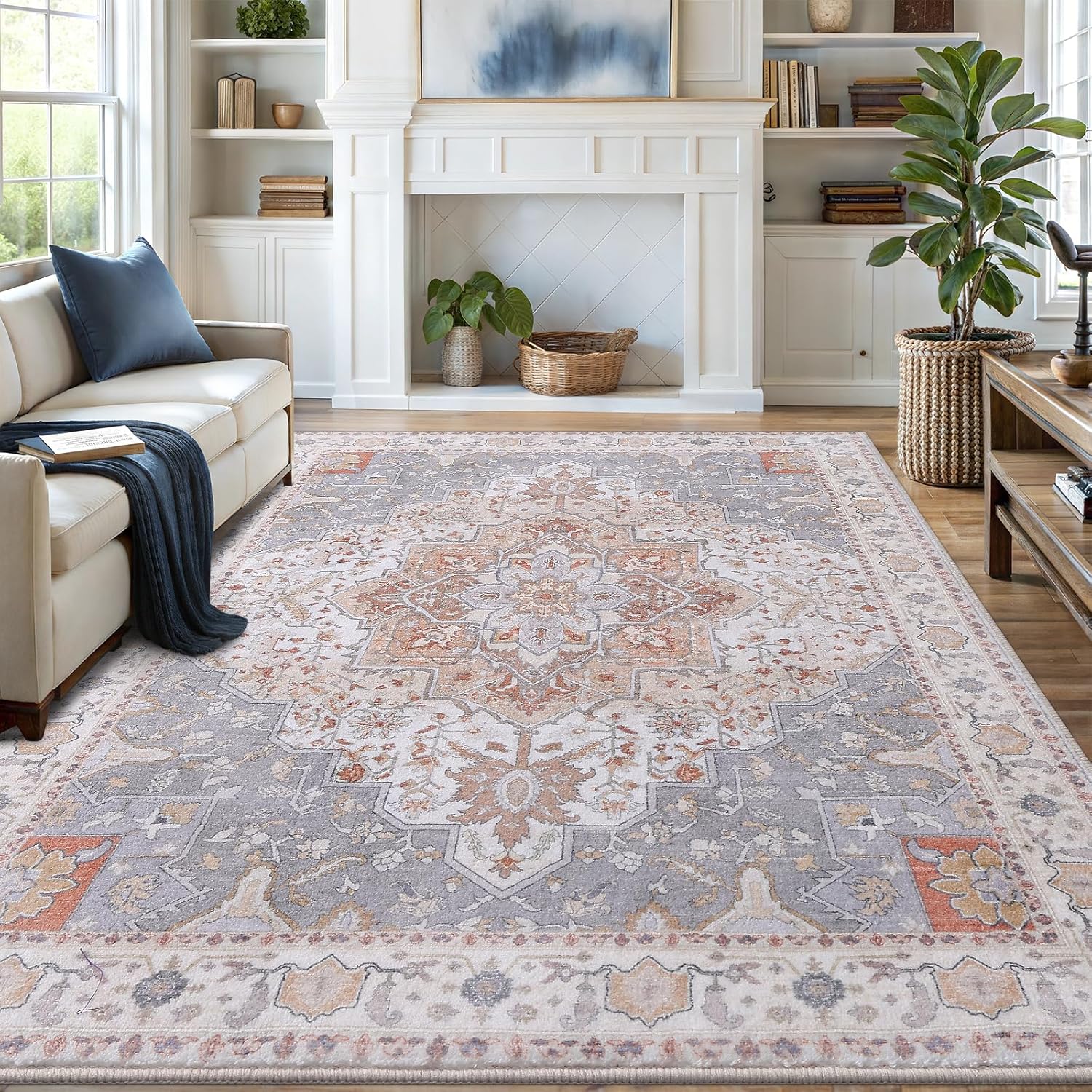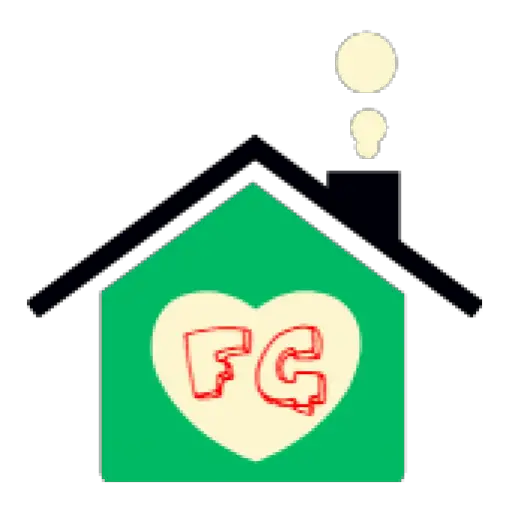Gym floors require special vacuuming techniques to prevent damage, maintain hygiene, and ensure safety by effectively removing dust and debris without scratching surfaces.
Gym floors endure heavy foot traffic, dropped weights, and constant movement, making them prone to dirt buildup and wear. Unlike standard floors, gym surfaces require specialized vacuuming techniques to maintain hygiene, safety, and longevity. Using the wrong methods can damage flooring materials or leave behind harmful bacteria.

The Unique Challenges of Gym Floor Cleaning
Gym floors face distinct cleaning challenges due to their materials and usage. Rubber, vinyl, and hardwood gym floors each have specific needs that standard vacuums can’t address.
Material Sensitivity
Rubber flooring, common in gyms, can be damaged by stiff bristles or aggressive beater bars. Specialized rubber floor vacuums use soft rollers and adjustable suction to clean without harming the surface.
Debris Types
Gyms accumulate:
- Fine dust from chalk and powders
- Rubber particles from shoe soles
- Metal shavings from weight plates
- Human hair and skin cells
Hygiene Requirements
A study by NCBI found gym equipment can harbor over 1 million bacteria per square inch. Floors collect even more contaminants through foot traffic and dropped items.

Essential Vacuum Features for Gym Floors
Choosing the right vacuum makes all the difference in gym maintenance. Look for these critical features:
| Feature | Benefit | Example Models |
|---|---|---|
| Adjustable suction | Prevents flooring damage | Commercial upright vacuums |
| HEPA filtration | Traps 99.97% of particles | Hospital-grade systems |
| Rubberized wheels | No surface scratches | Hard floor specialty vacuums |
Specialized Attachments
Proper tools handle gym-specific cleaning needs:
- Crevasse tools for equipment bases
- Soft dusting brushes for sensitive surfaces
- Wide floor heads for efficient coverage
Step-by-Step Gym Floor Vacuuming Protocol
Follow this professional cleaning sequence for best results:
1. Pre-Vacuum Preparation
Remove large debris manually to prevent vacuum clogging. Use a recommended gym mop for initial dust removal.
2. Vacuum Settings Adjustment
Set the vacuum to the appropriate height and suction level based on flooring type. Research from ISSA shows proper settings improve cleaning by 40%.
3. Systematic Cleaning Pattern
Work in sections using overlapping passes. Pay extra attention to:
- High-traffic zones
- Equipment perimeters
- Locker room entries
Maintaining Your Gym Vacuum
Proper equipment care ensures consistent performance:
Daily Maintenance
Empty dust containers after each use and check filters for clogs. Wash reusable filters weekly.
Monthly Deep Cleaning
Disassemble brush rolls and remove wrapped hair or fibers. Inspect hoses for obstructions.

Vanmoos 6×9 Machine-Washable Area Rug — Artistic Flair / Beige
Low-pile, non-slip rug that minimizes pet hair collection and makes quick cleanup part of your routine.
Affiliate link — may earn a commission at no extra cost to you.
Annual Professional Service
Schedule motor maintenance and seal inspections to extend vacuum lifespan.
The Cost of Improper Vacuuming
Neglecting proper techniques leads to:
- Premature floor replacement (every 3-5 years vs 10-15 years)
- Increased injury risks from slippery surfaces
- Higher cleaning costs from compounded dirt
- Negative member reviews about facility cleanliness
Investing in proper vacuuming equipment and techniques saves money long-term while creating a safer, more appealing workout environment.
